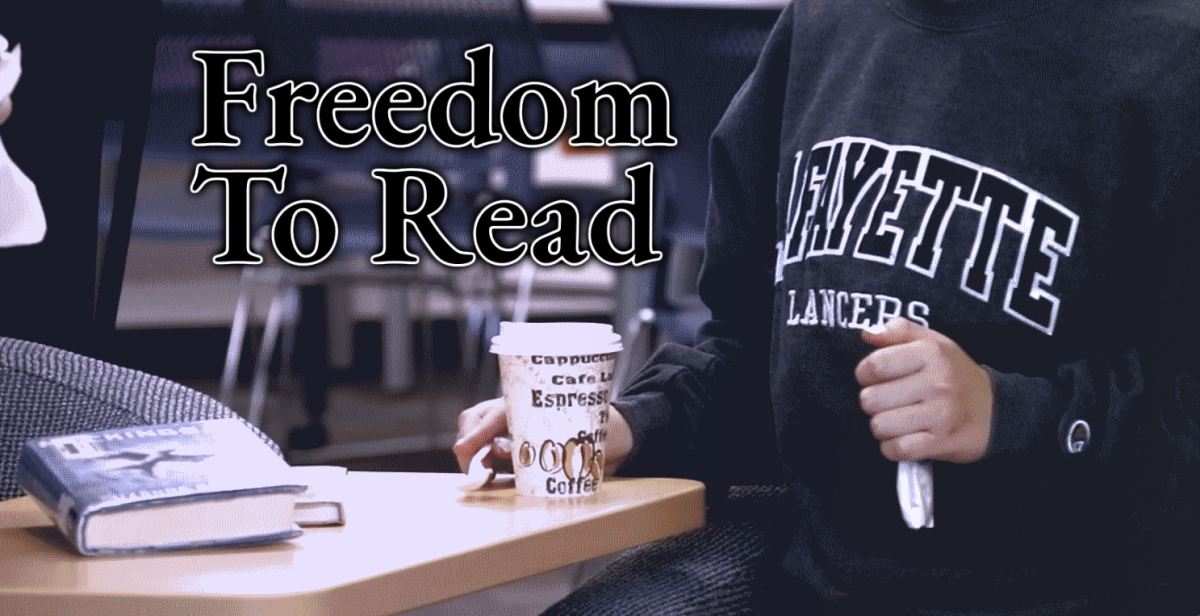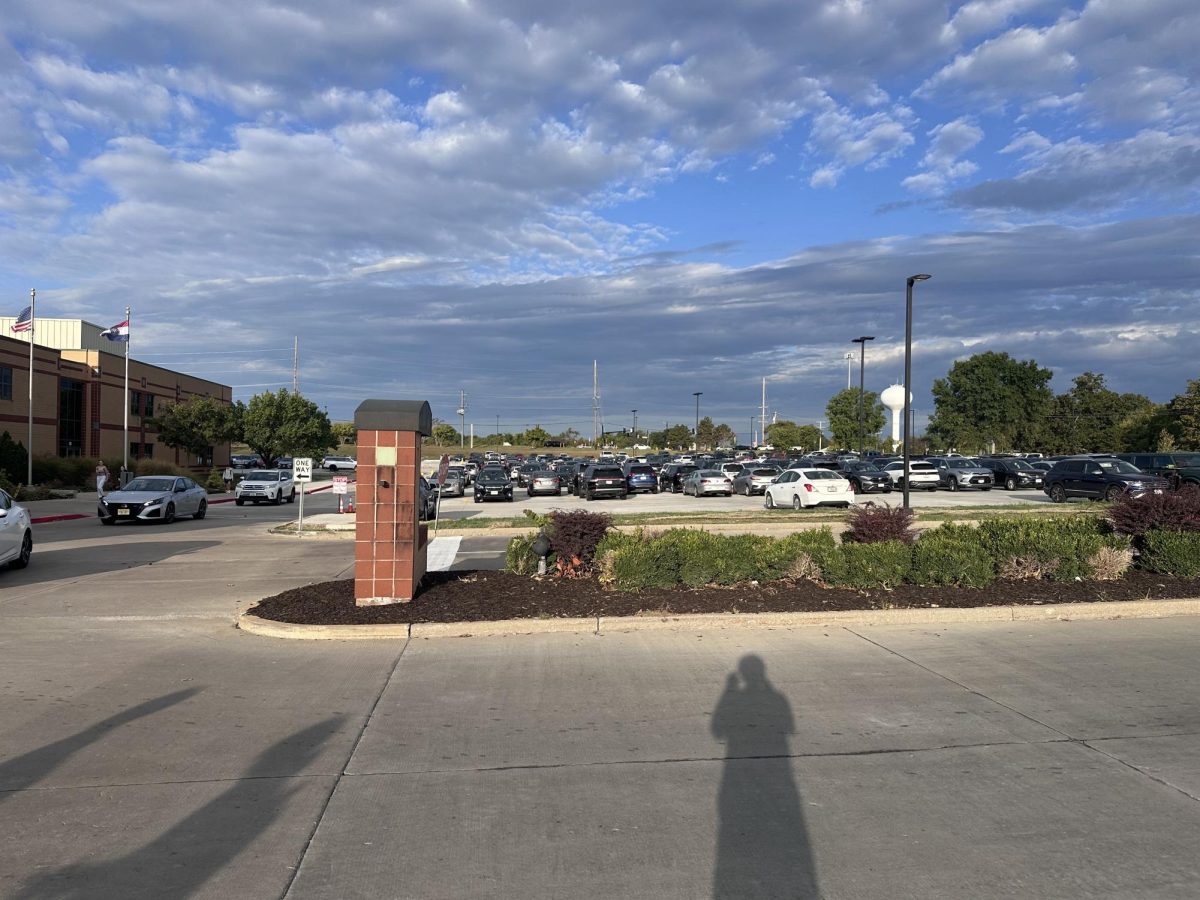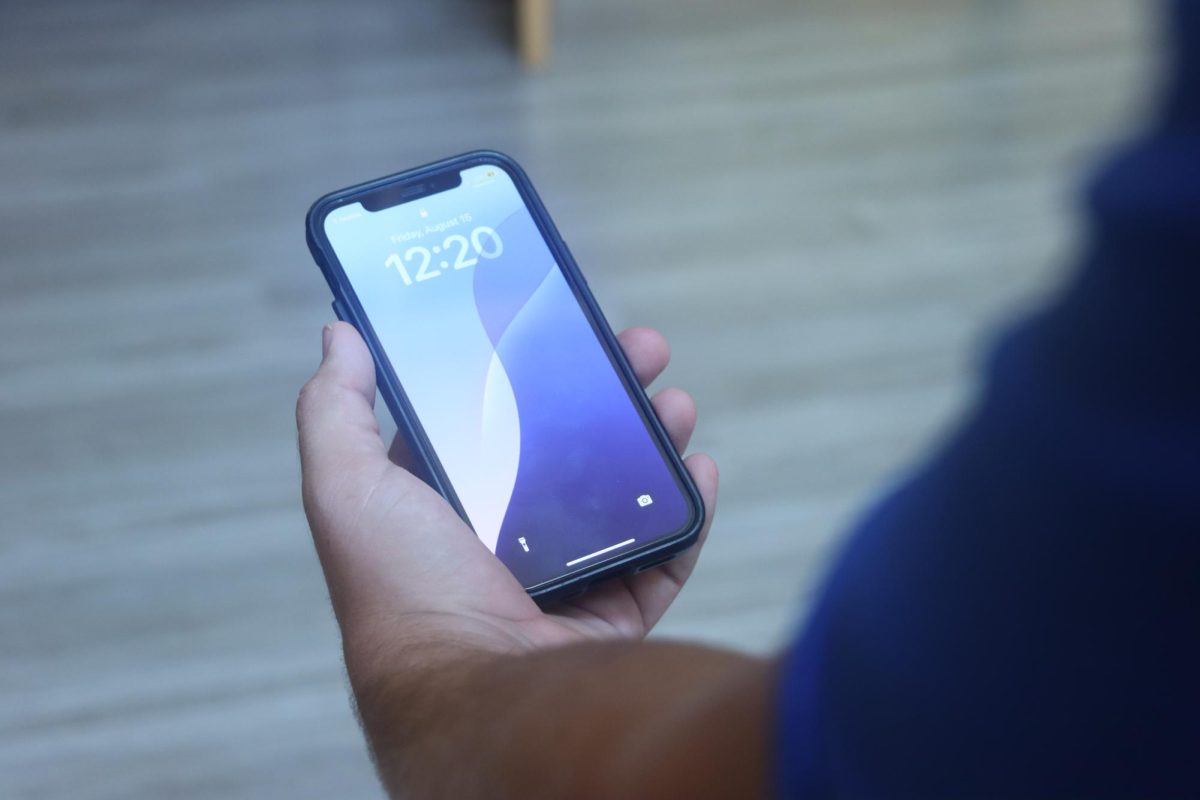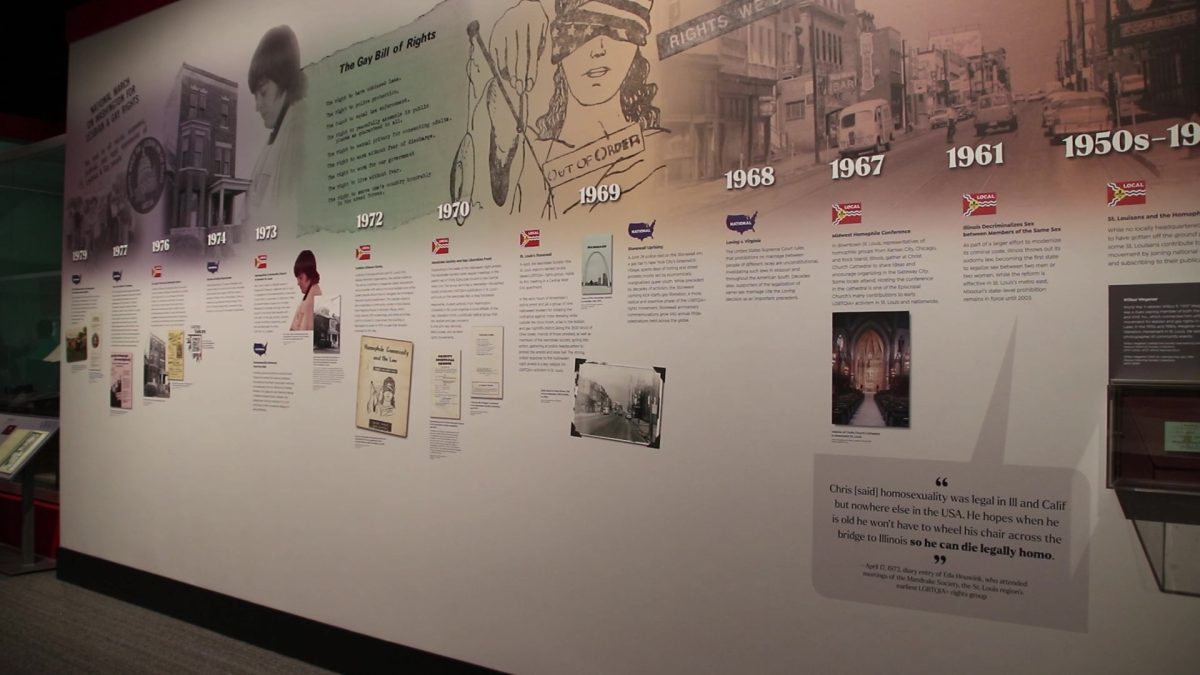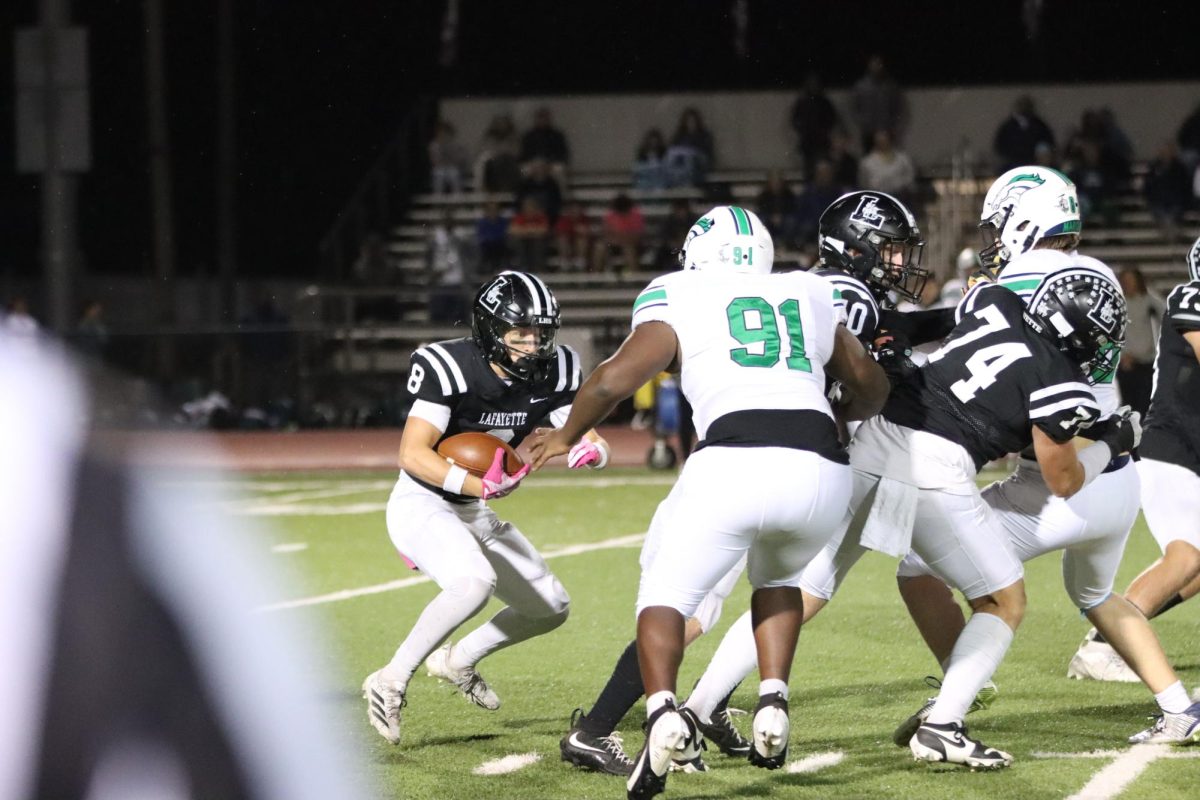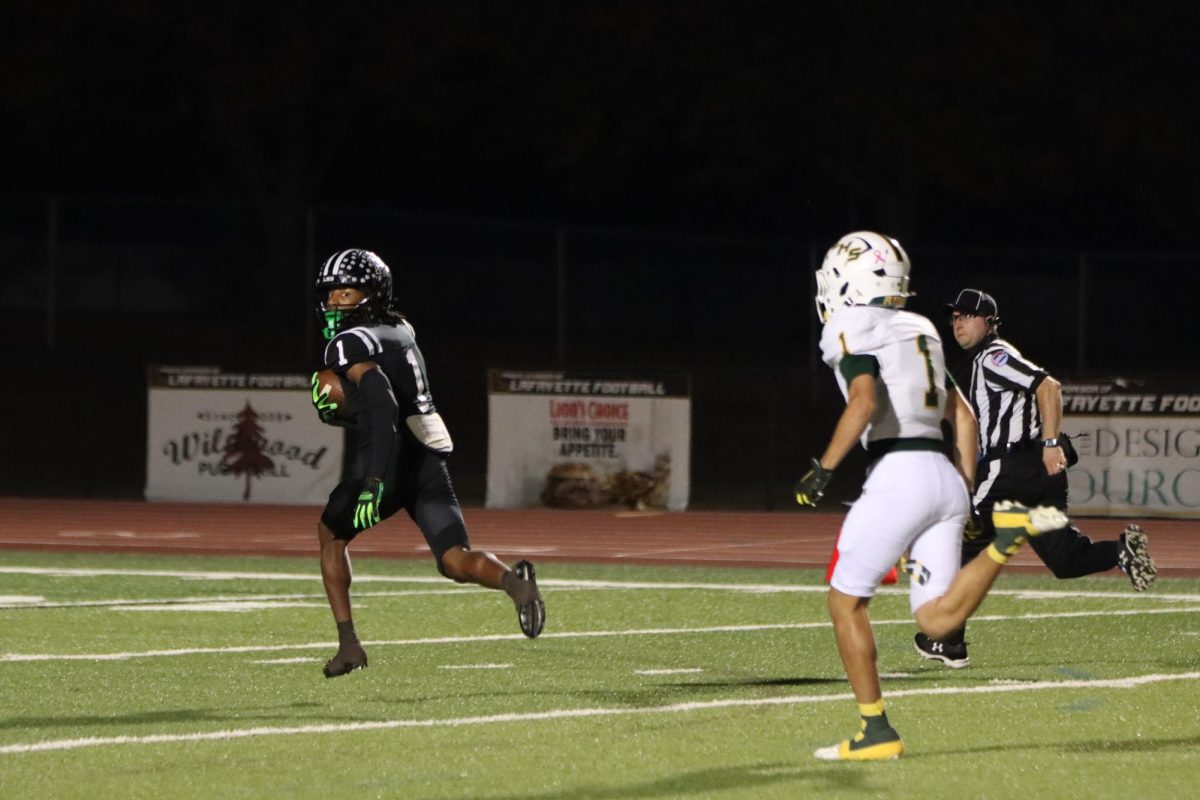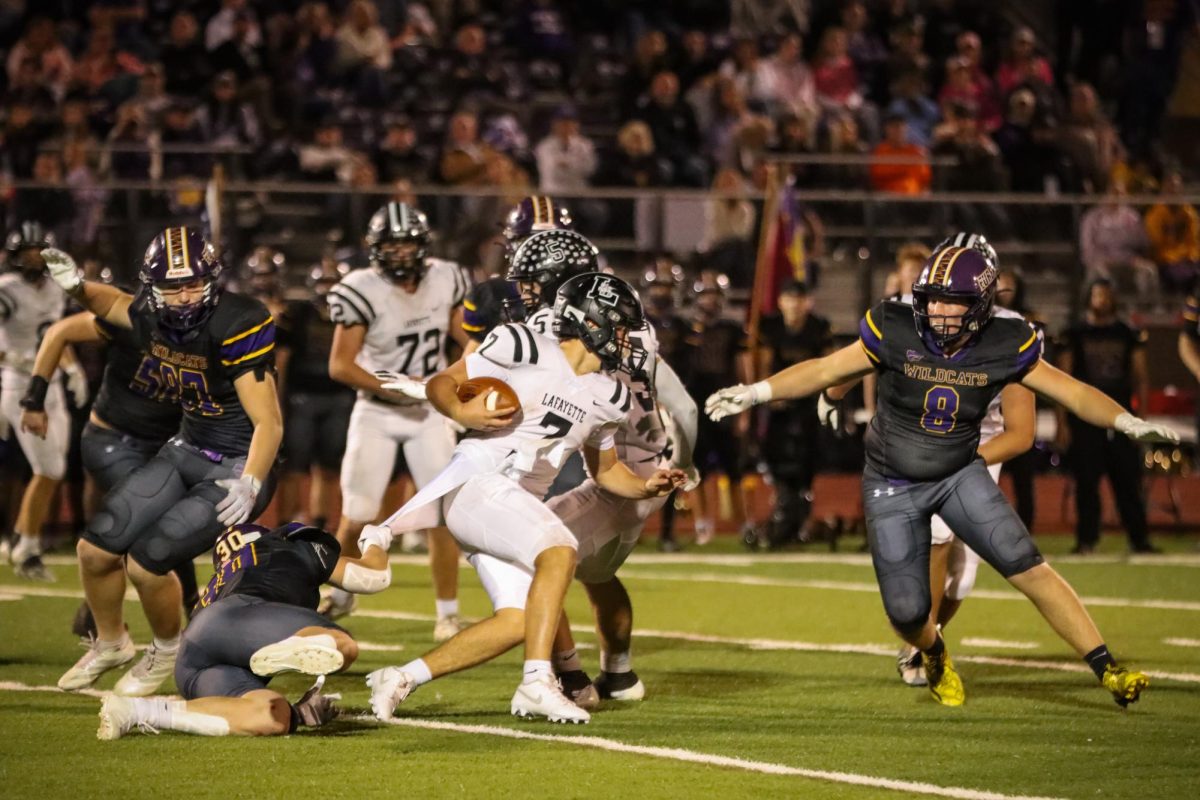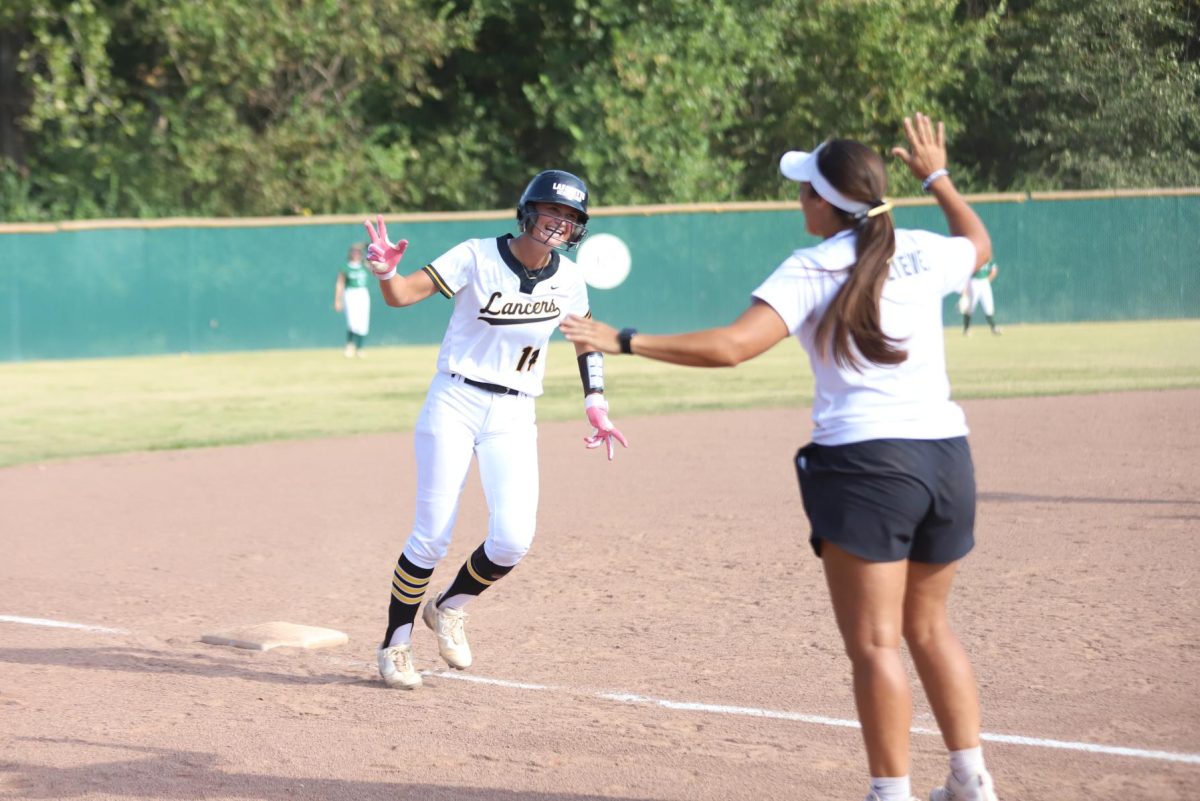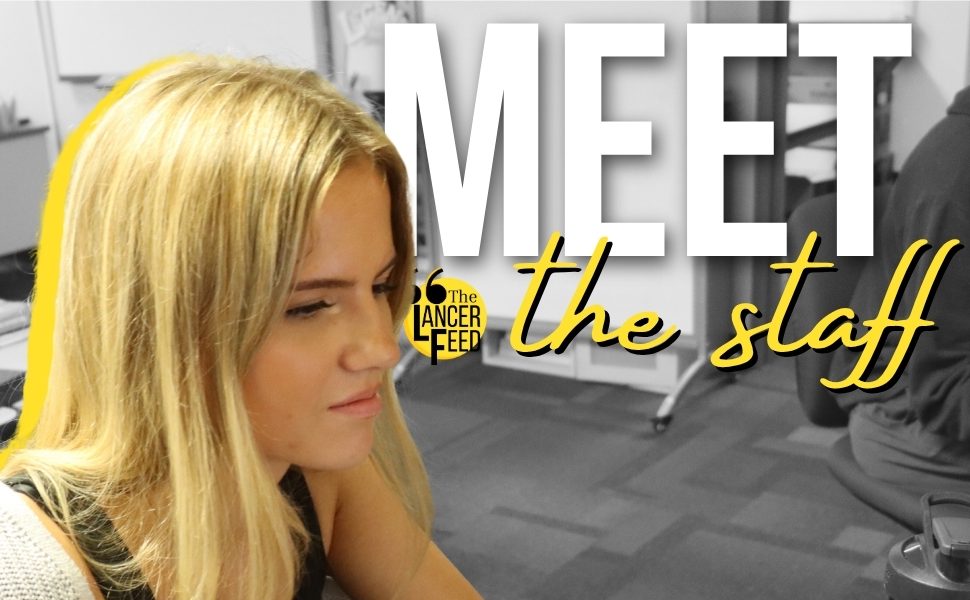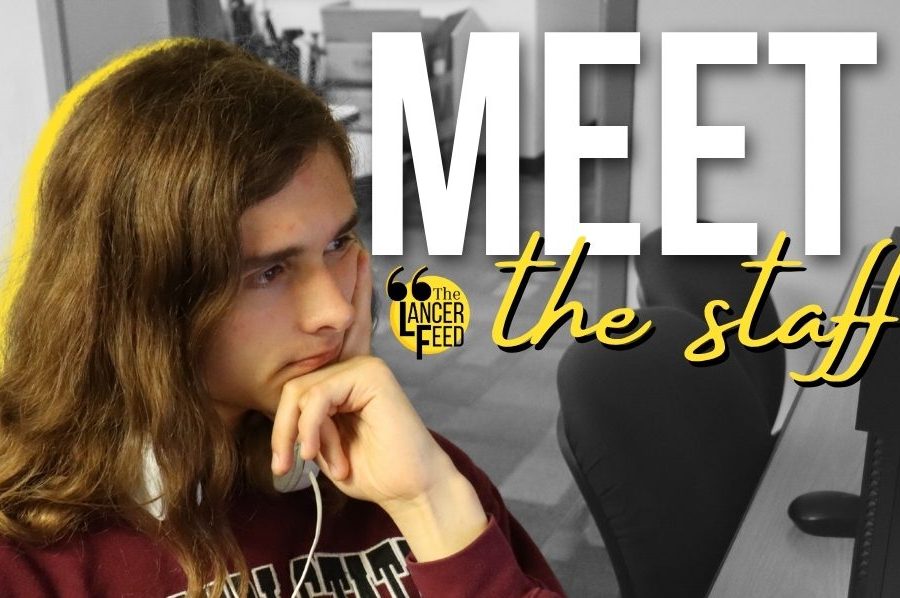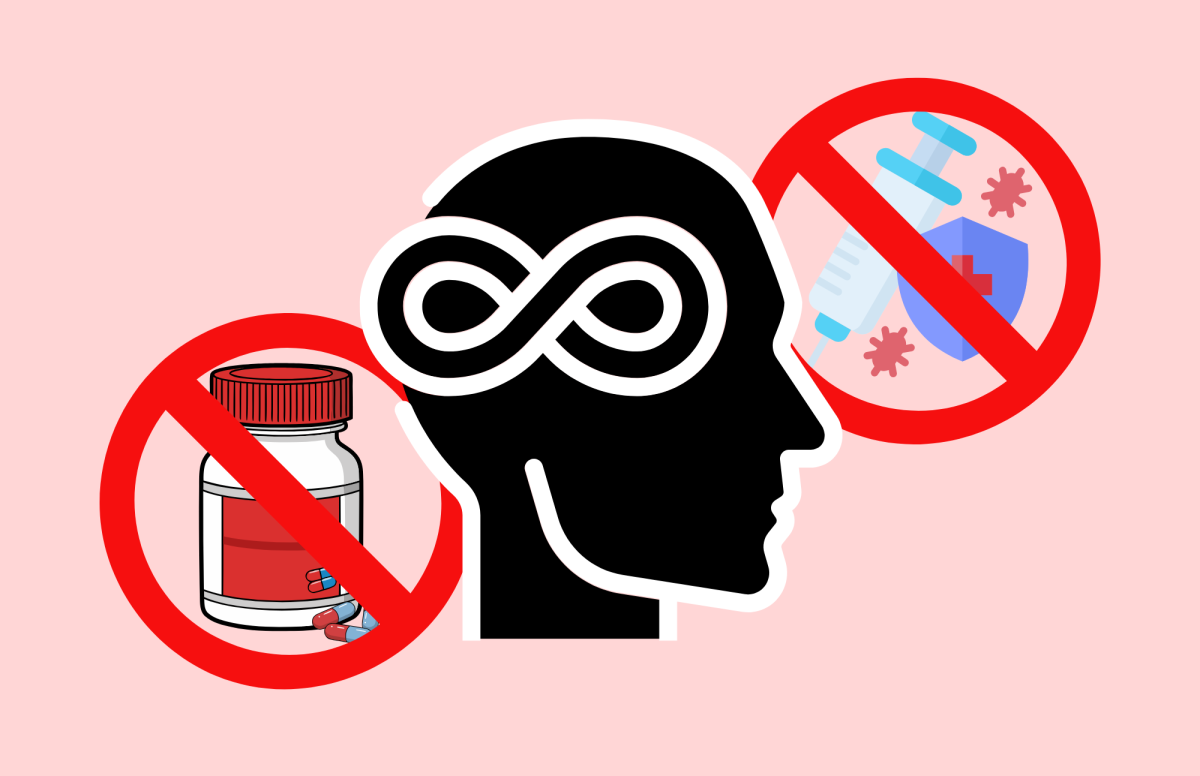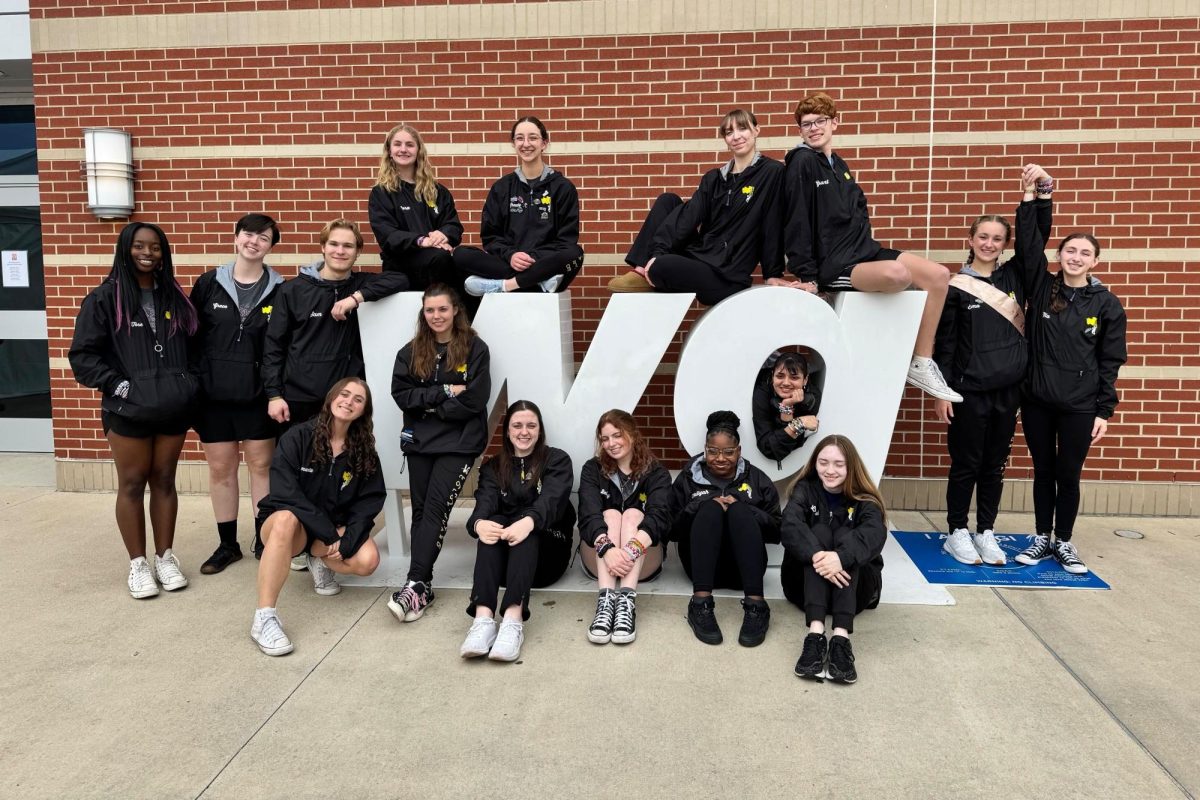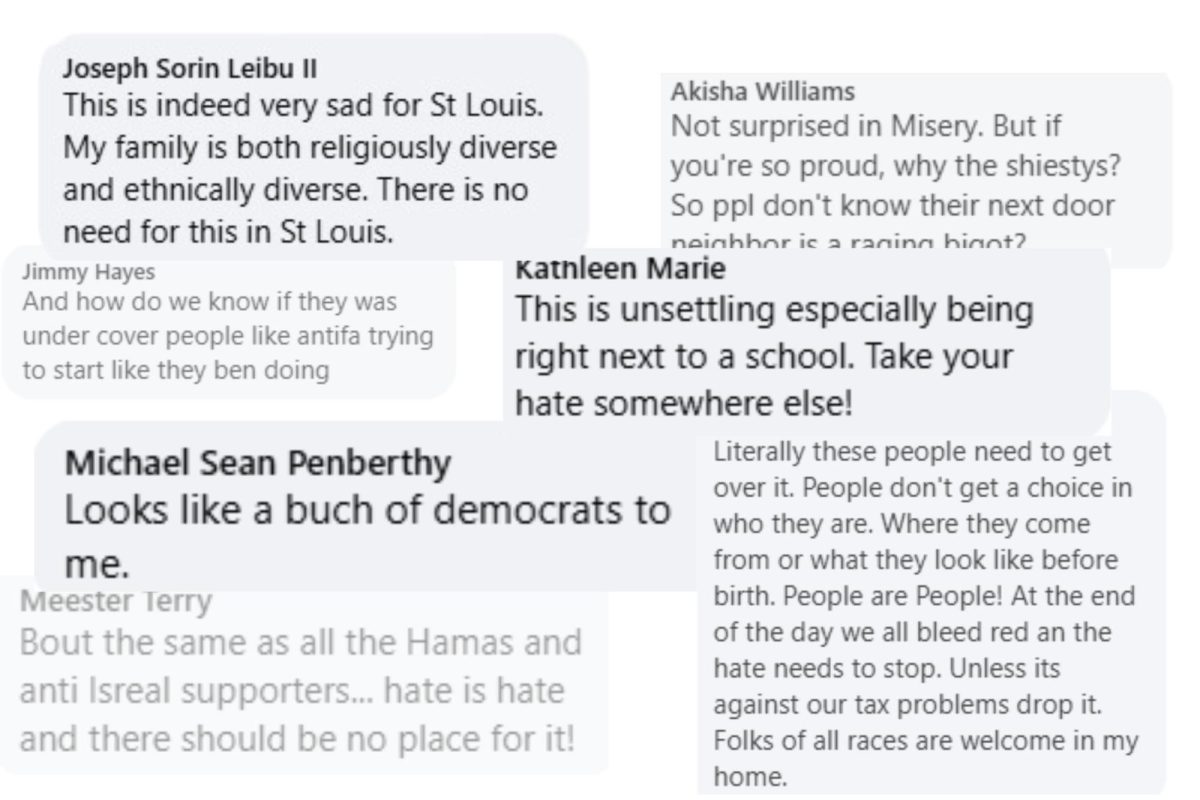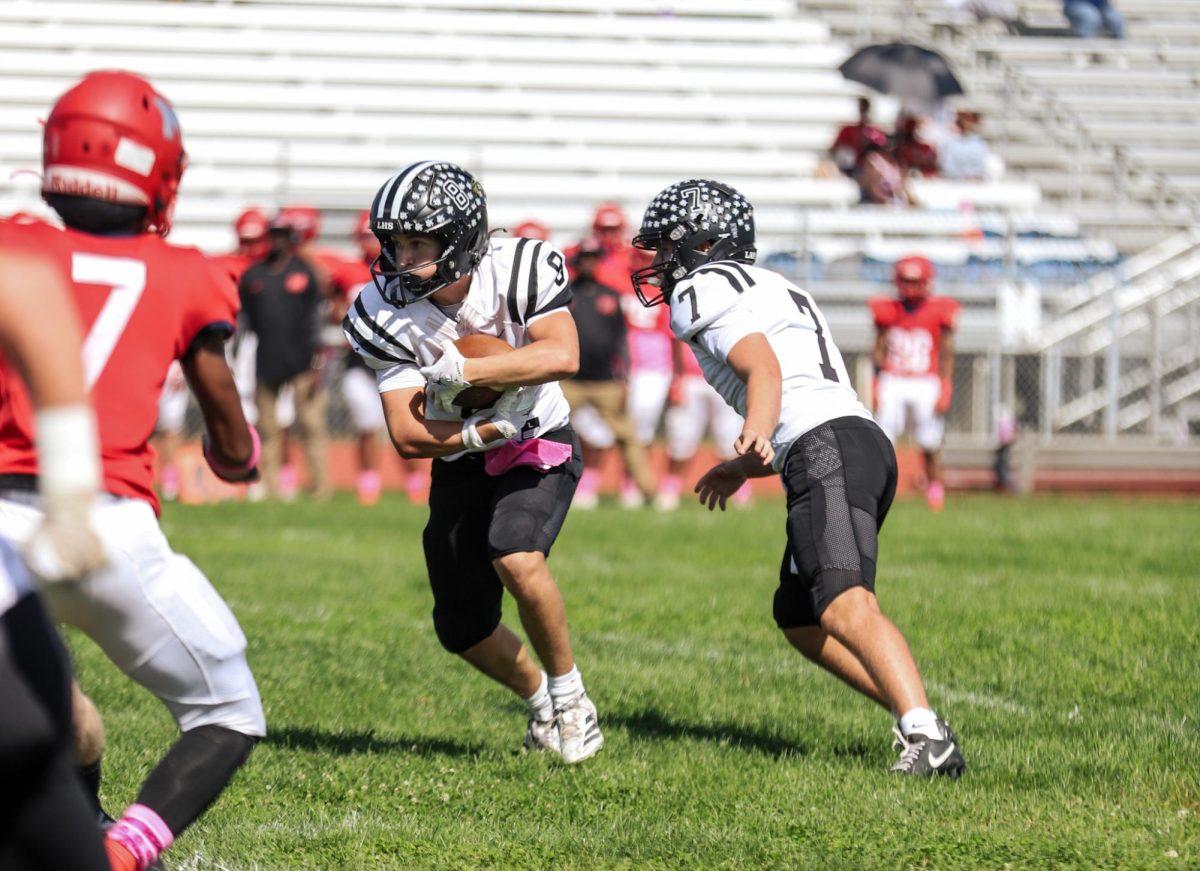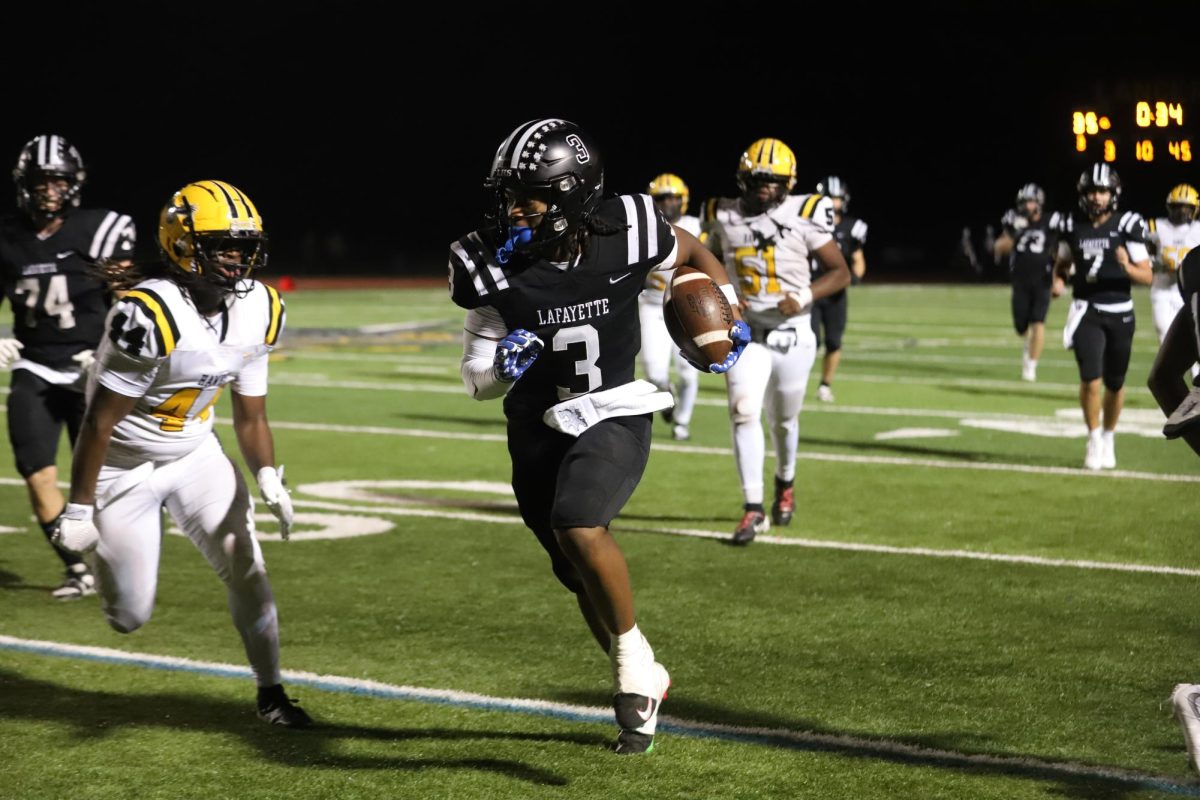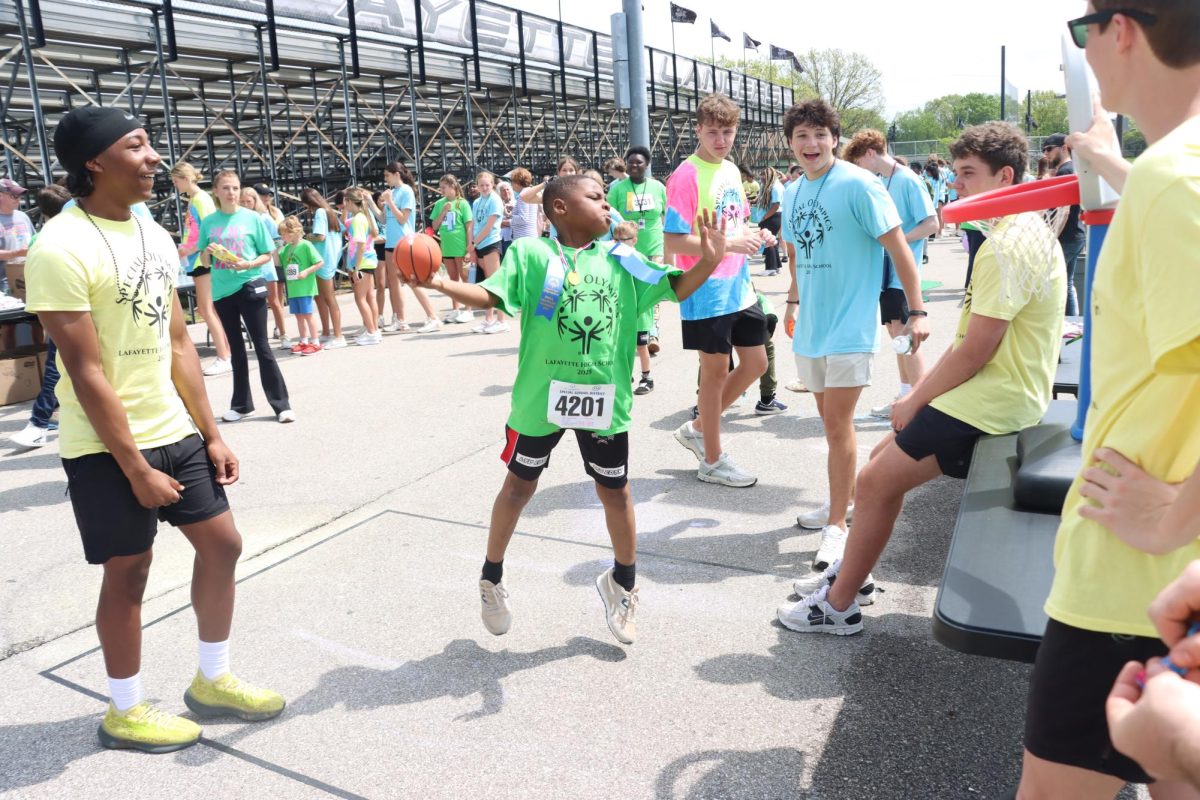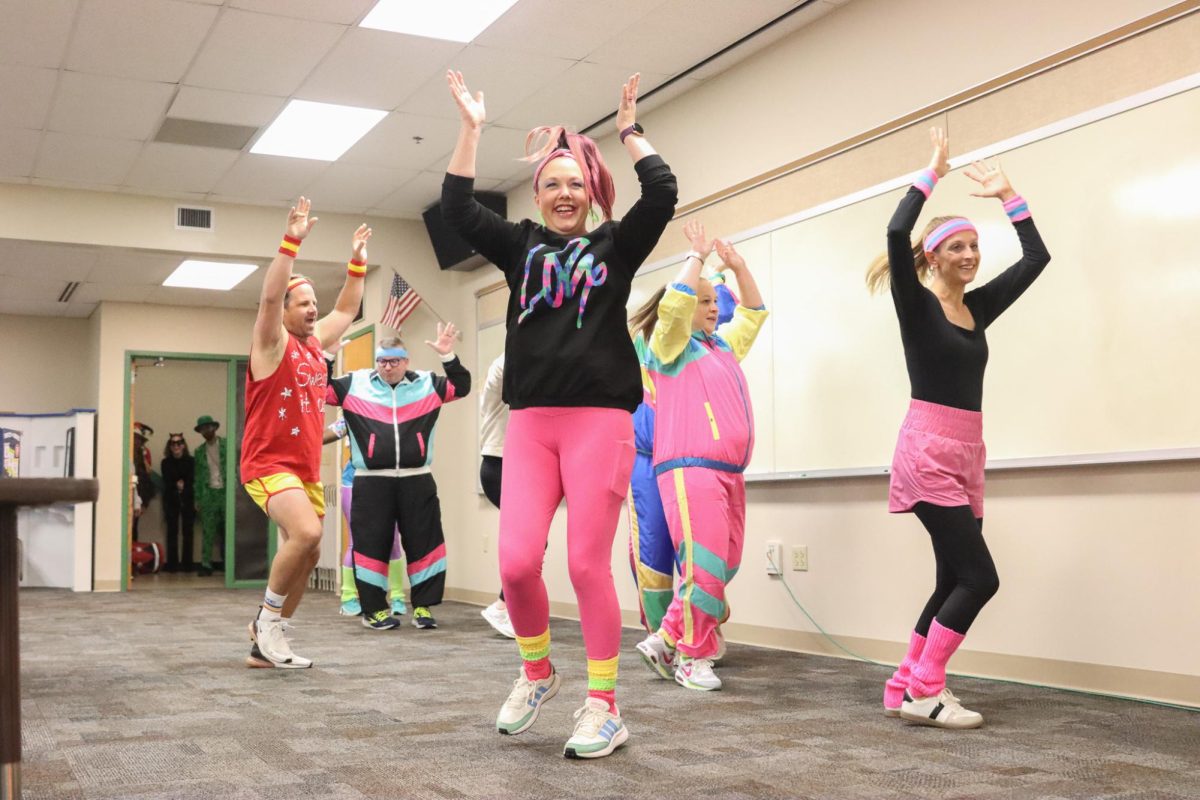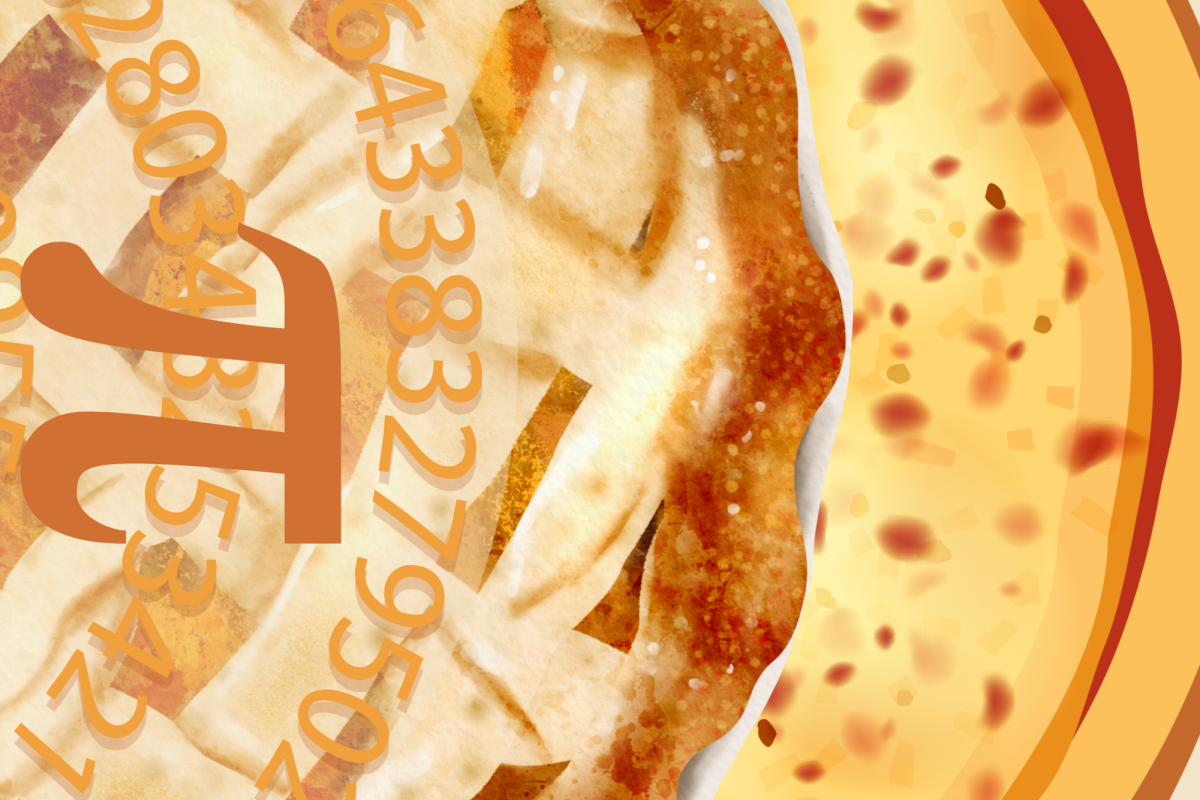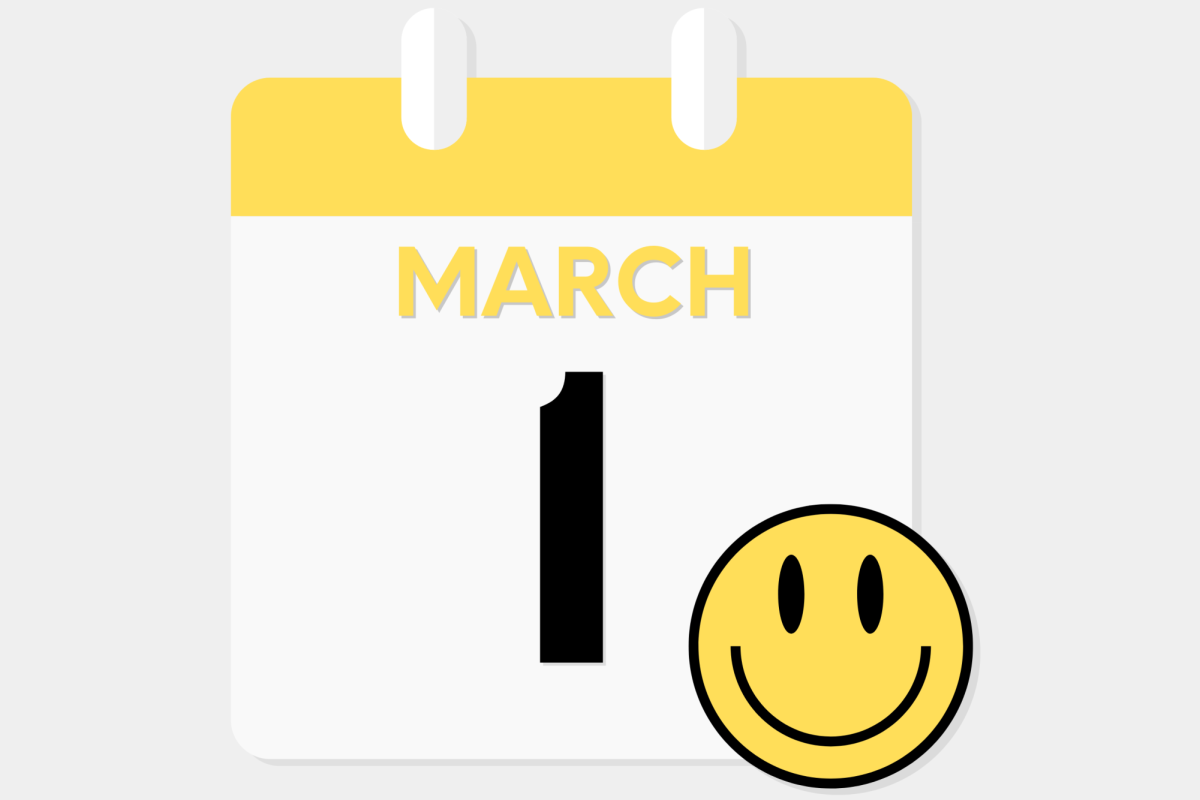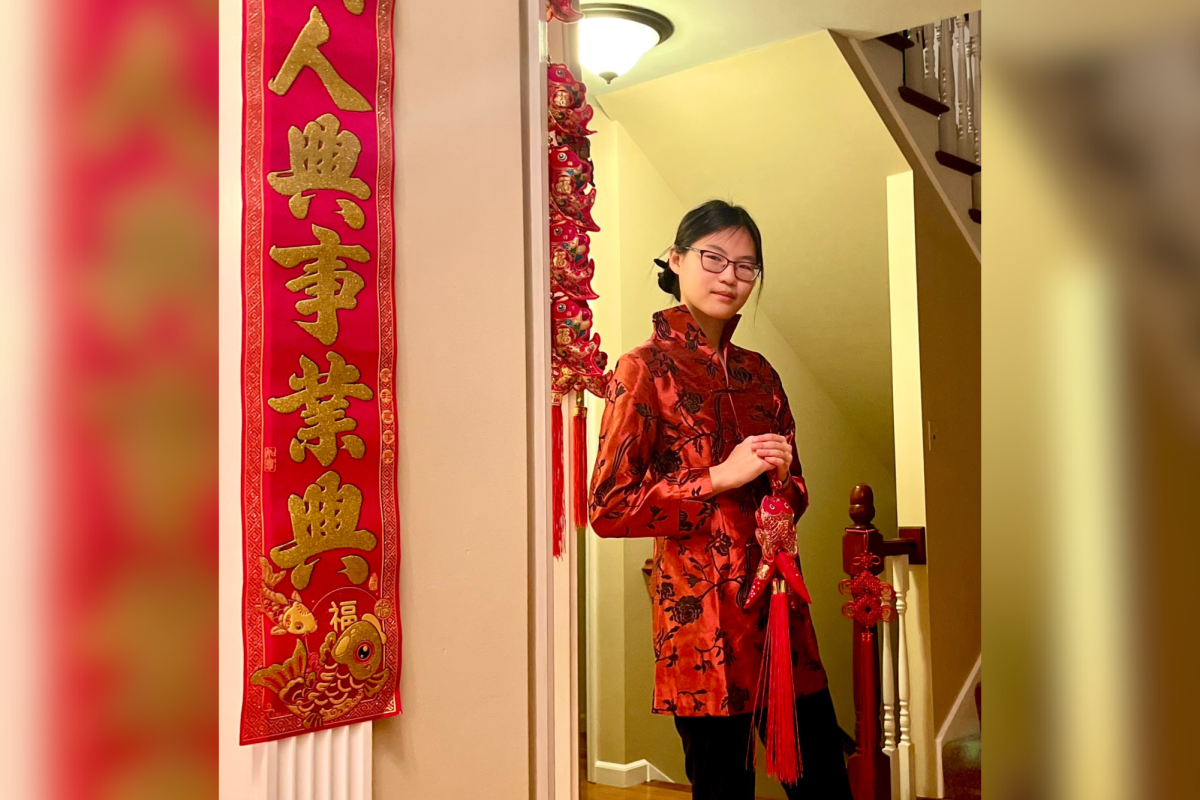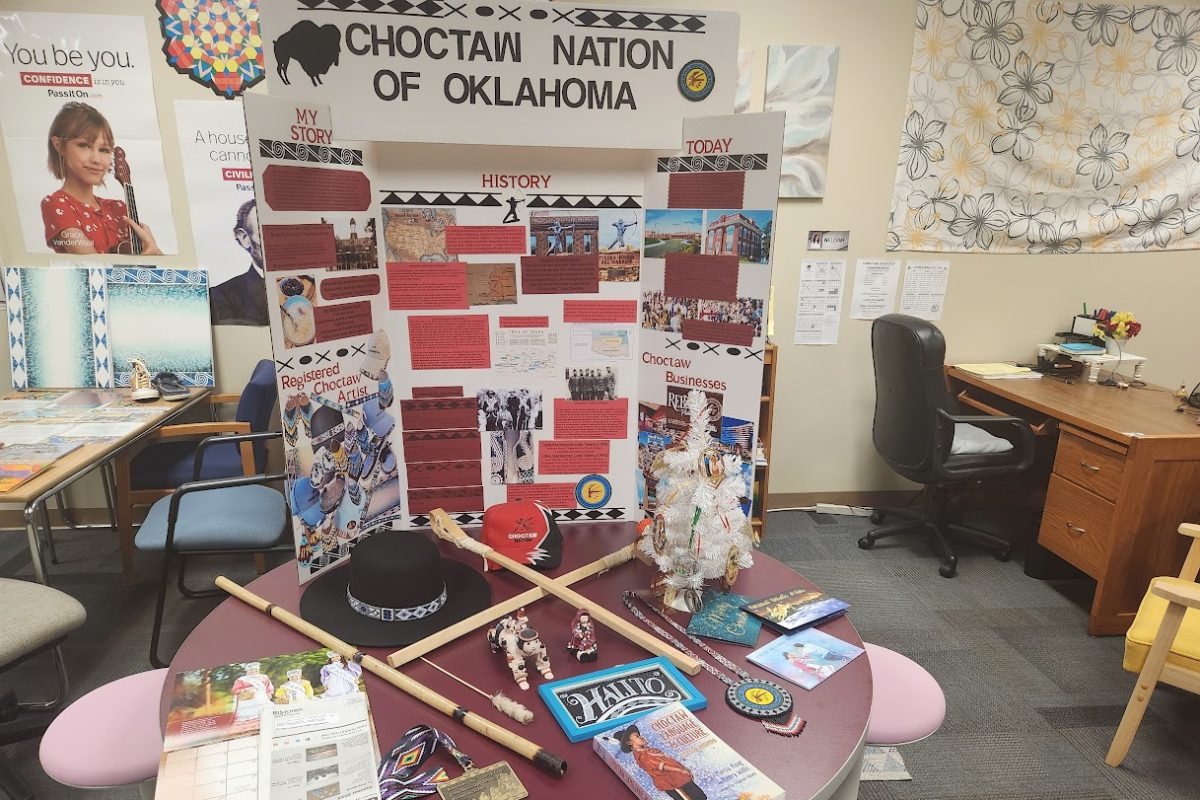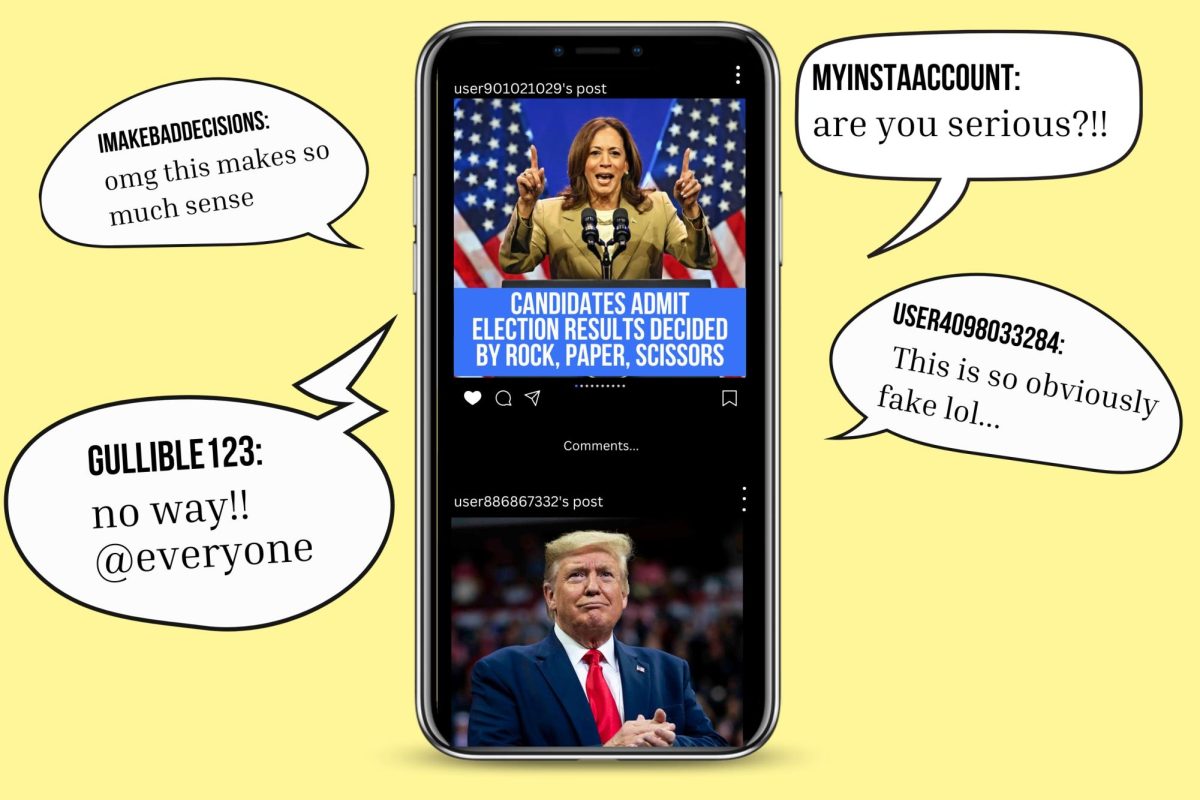I spend a lot of time on my phone, scrolling through social media, waiting for something interesting enough to justify continuing my search for more content. Because of this, I’ll see the occasional post that will immediately send me into a spiral of research. Sometimes they’re off-hand comments from political figures that I find too crazy not to fact check and sometimes they’re videos about life saving vaccines for cats, expected to double their lifespan. Regardless of the topic, I’ve started to become more aware of the legitimacy of what I’m looking at.
During a digital age, information is constantly available to be consumed much faster than it ever has been before. Whether it’s through platforms such as TikTok or X, there has been an uproar in misinformation.
Many of us (including myself) are guilty of seeing something absurd online and just taking it at face value with no further research. Fake news has skyrocketed, but our ability to determine the truth of these statements has remained the same, potentially even declining.
Media literacy is more important than ever now, especially considering how easy it is for anyone to make a post that’s viewed by millions of people. Our ability to analyze what we are reading is simply inadequate.

In elementary school, I started learning about reliable sources during the occasional writing assignment, like whether to trust .com or .org websites more.
It’s likely you have been taught to determine the truth and credibility of the media you consume, whether it’s your parents saying something along the lines of “Don’t believe everything you see on the internet,” but have we really been using this skill?
With an election upcoming, it’s more crucial than ever to be able to identify misinformation online now that politicians have taken their campaigning to social media. It’s important for us to know what factual information is posted by a credible source, and what is simply a smear tactic.
With AI image technology developing at an alarming rate, some people and even some politicians have taken this opportunity to create fabricated images to further their political agenda.
According to the Brennan Center for Justice, the concern of AI-generated content affecting not only the US election, but elections around the world is growing. Deep-faked images of presidential candidates have begun going viral more frequently.
Even presidential candidate Donald Trump himself has posted AI-generated content, including an image depicting vice president Kamala Harris leading a communist rally.
While this could be considered political commentary, it is how these claims are being presented as fact, when they have no supporting evidence, and that’s what makes them misinformation intended to change your opinion. AI isn’t only used to create images, for some have also used it to discredit images, such as Trump claiming that the crowd in this image was AI.
With newer and better AI technologies coming out, they have become an easy scapegoat used to undermine and spread false information regarding candidates and even their supporters.
Recently, there were claims of Taylor Swift endorsing Trump as AI images have been created of women wearing “Swifties for Trump” t-shirts.
Trump replied to these posts on Truth Social, saying “I accept!”, leading some people to believe Swift has shown support for Trump. Swift, however, has openly claimed Trump is “stoking the fires of white supremacy and racism.”
After Swift showed her support for Harris, Trump posted on Truth Social, “I hate Taylor Swift!”
There are also examples of people manipulating images to support Harris, more recently of Ryan Reynolds wearing a pro-Harris t-shirt.
Misinformation regarding the election is dangerous. Being influenced by such could sway a persons vote, and with social media becoming a dominant part of many peoples lives, it’s more likely now than ever that misinformation surrounding political candidates can spread.
With insufficient use of critical thinking and fact checking, many rumors are accepted as truth and even fact is twisted and taken out of context.
I myself have seen friends and family members reposting some completely false article on their Instagram stories because they didn’t think twice about fact-checking any of the information.
This is where media literacy is most critical. We’re able to stop the spread of misinformation by doing our own research and simply thinking more critically about the content we consume online.
It’s not like literacy has recently and sharply declined in the recent years of the internet, it has been on a steady decline for many years. The issue now is that untrustworthy sources are adapting, taking advantage of the our tendency to take things at face value.
Misinformation online is spreading faster than it ever has before, but we aren’t adapting fast enough to counter it.
Fact checking is so crucial because it’s easy to form swayed opinions when under false impressions. All forms of fake news, whether positive or negative, intend to alter your opinions or form new ones. Your opinions should stay true to you, instead of some false information you were fed by a spam account on X.
To hold opinions based in truth, you must know what is truth.
Media literacy is so important when it comes to using the internet, and while we cant stop other people from posting misinformation online, we can start doing our part by fact checking what we see.

